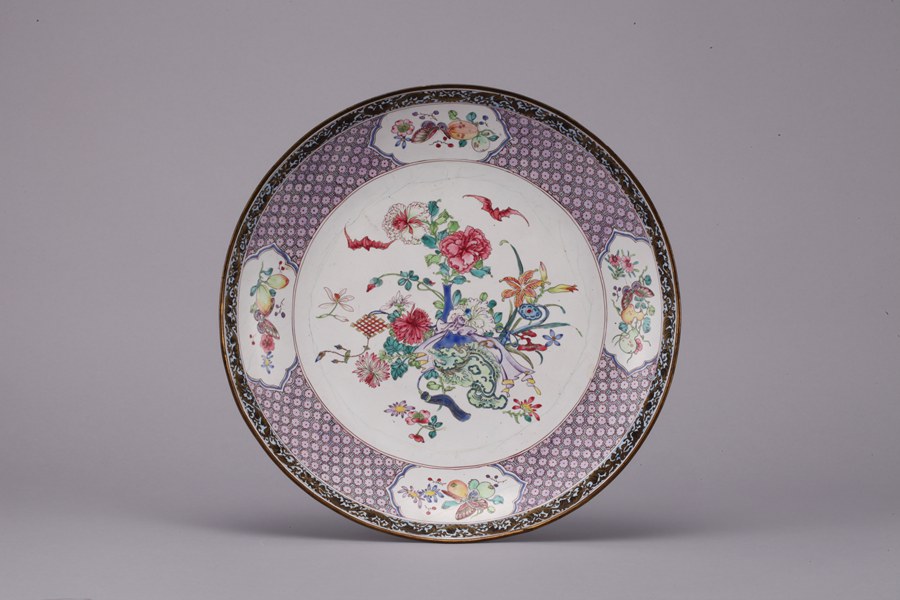

Date: October 31st, 2020-January 13th, 2021
Venue: 2/F, Dongguan Museum
A total of 114 pieces (sets) of copper-body painted enamel wares are to be exhibited in the exhibition, which shows how the wares were introduced from abroad to China and then became popular in Europe.
The copper-body painted enamel is a handcraft that is made by painting enamel glaze on the copper body and firing it many times. It originated from Europe and was introduced to China by Western merchants and missionaries during the Kangxi period of the Qing Dynasty. Chinese people called them "western porcelain" as the enamel glaze was very similar to that on the porcelain. The Cantonese took the lead in producing painted enamels. Workshops were set up in the palace. Later the Cantonese craftsmen jointly developed high-quality painted enamelware with European enamel artists.
In the late Kangxi period, as domestic craftsmanship painted enamel became more and more mature, it was possible to make copper-body painted enamel with delicate and smooth glaze, colorful patterns on wares of varied shapes. They were either rewarded by emperors to foreign envoys or brought to Europe by foreign merchants.
The bronze enamels produced by Chinese craftsmen either embodied distinctive Chinese cultural elements, combined Western patterns with Chinese wares, or presented Chinese patterns on Western wares, which were completely different from European painted enamels. They showed the culture of the remote and mysterious eastern country to Westerners who had never been to China. Europeans were deeply attracted and exclaimed them "China of all colours".
From "western porcelain" to "China of all colors", this history of these cultural exchanges between China and the West is a journey in which the outstanding wisdom and innovative spirit of Chinese craftsmen was recognized all over the world. It is also a testimony to the exchanges of Eastern and Western cultures, their mutual learning and integrated development.